No, actually is this one of those articles nobody asked for but I wanted to explore myself, maybe? Well as a college undergrad I find a lot of people talking about technology and in one of my neighbouring colleges people are developing a supercomputer, it kinda clutched my mind, then I thought I would make one too, then I saw the cost and I was like nvm ☠️
Haha, I was exploring and I found some of the high end super computers you can check out, here’s some research on it : )
Supercomputers are high-performance computing systems designed to handle complex and computationally intensive tasks at speeds far beyond those of traditional computers. They are capable of processing vast amounts of data and performing millions to billions of calculations per second.

These machines are used for a wide range of applications, including scientific research, weather forecasting, climate modeling, molecular modeling, simulations, cryptography, and advanced data analytics. Supercomputers play a crucial role in solving complex problems in fields such as physics, engineering, medicine, finance, and aerospace.
Supercomputers typically consist of thousands to millions of processing cores working in parallel, along with large amounts of memory and high-speed interconnects to facilitate rapid data transfer between components. They often employ specialized architectures and technologies optimized for specific types of computations, such as floating-point operations or data-intensive tasks.
Overall, supercomputers represent the pinnacle of computational capability and are essential tools for pushing the boundaries of scientific knowledge, driving innovation, and solving some of the world’s most challenging problems.
Table of Contents
What are supercomputers used for?
Supercomputers are used for a wide range of applications, including scientific simulations, weather forecasting, climate modeling, molecular modeling, drug discovery, financial modeling, and cryptography. They are also used in industries such as aerospace, automotive, energy, and defense for tasks requiring intensive computational resources.
What makes a supercomputer “super”?
Several factors contribute to making a supercomputer “super,” including its processing power, memory capacity, speed of data transfer, and specialized architecture optimized for parallel processing. Supercomputers typically have thousands to millions of processing cores working together to achieve high levels of performance.
Where are supercomputers located?
Supercomputers are located in various places, including research institutions, universities, government laboratories, and private companies. They are often housed in specialized data centers equipped with cooling systems and other infrastructure to support their high power and cooling requirements.
How much does a supercomputer cost?
The cost of a supercomputer can vary widely depending on factors such as its processing power, memory capacity, and specialized hardware requirements. Supercomputers can range from tens of millions to hundreds of millions of dollars, with some of the most powerful systems costing billions of dollars to develop and operate.
What are the challenges in building and maintaining supercomputers?
Building and maintaining supercomputers pose several challenges, including designing energy-efficient systems, managing heat dissipation, optimizing software for parallel processing, and ensuring scalability and reliability. Additionally, supercomputers require significant investments in infrastructure, maintenance, and ongoing operational costs.
Also Read ➤ ➤ How to buy Amazon products using Cryptocurrency | STAND OUT!
The Main Agenda – The Most Powerful Supercomputers
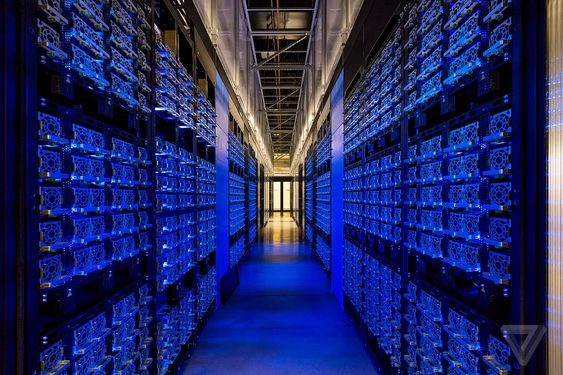
Frontier (United States)
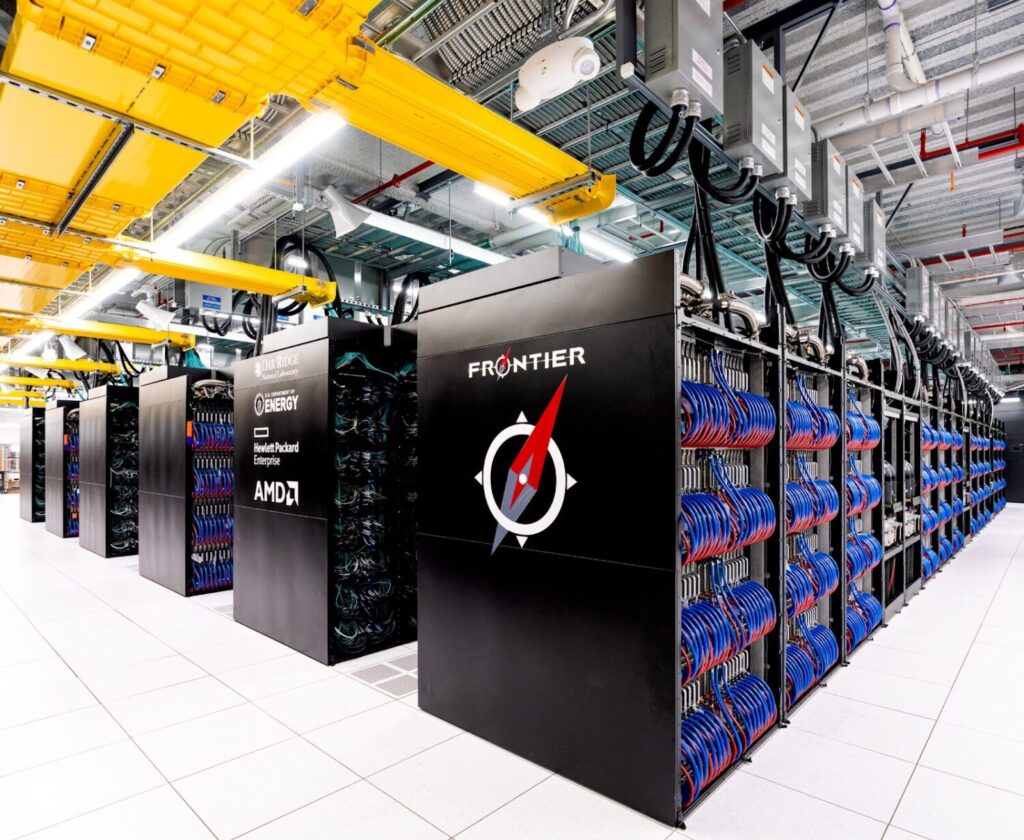
- Location: Oak Ridge National Laboratory, United States
- Expected Operational Year: 2022
- Developed By: AMD, Cray Inc., Hewlett Packard Enterprise
Specifications:
- Frontier is expected to have a peak performance of over 1.5 exaflops (1.5 x 10^18 floating-point operations per second).
- It will feature a combination of CPU and GPU processors, including AMD EPYC CPUs and AMD Radeon Instinct GPUs.
- Frontier will have a large memory capacity and high-speed interconnects to support a wide range of scientific applications.
Also Read ➤ ➤ Best Manga Panels EVER MADE | The EMOTIONAL CLIFFHANGERS!
Fugaku (Japan)

- Location: RIKEN Center for Computational Science, Japan
- Operational Year: 2020
- Developed By: RIKEN and Fujitsu
Specifications:
- Fugaku is currently the world’s fastest supercomputer with a LINPACK benchmark performance of 442 petaflops (4.42 x 10^17 floating-point operations per second).
- It is powered by Fujitsu’s A64FX ARM-based CPUs and custom Tofu-D interconnects.
- Fugaku is optimized for a wide range of applications, including drug discovery, weather forecasting, and materials science simulations.
Selene (United States)
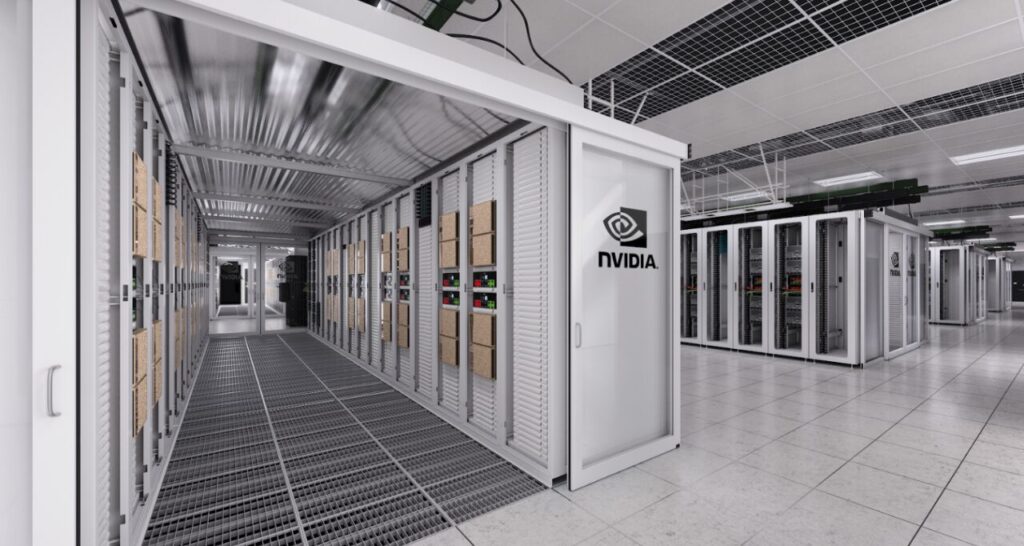
- Location: NASA Ames Research Center, United States
- Operational Year: 2021
- Developed By: Hewlett Packard Enterprise
Specifications:
- Selene is a modular supercomputer system consisting of HPE Apollo 2000 servers with AMD EPYC CPUs and NVIDIA A100 GPUs.
- It has a peak performance of over 6 petaflops (6 x 10^15 floating-point operations per second).
- Selene is used for various scientific and engineering simulations, including aerodynamics, climate modeling, and space exploration.
Also Read ➤ ➤ 20 Best Cross-Platform Games (PS, Xbox, PC, Switch) to Try Today | PLAY NOW!
Perlmutter (United States)
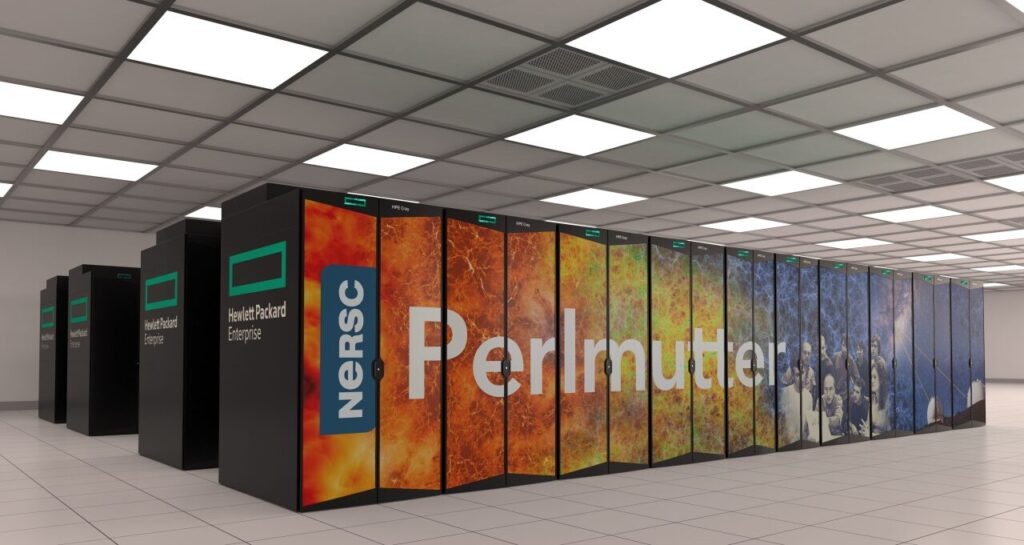
- Location: Lawrence Berkeley National Laboratory, United States
- Expected Operational Year: 2022
- Developed By: Cray Inc.
Specifications:
- Perlmutter is a GPU-accelerated supercomputer featuring AMD EPYC CPUs and NVIDIA A100 GPUs.
- It is expected to have a peak performance of over 100 petaflops (1 x 10^17 floating-point operations per second).
- Perlmutter is designed for scientific research in areas such as cosmology, particle physics, and climate science.
Trinity (United States)
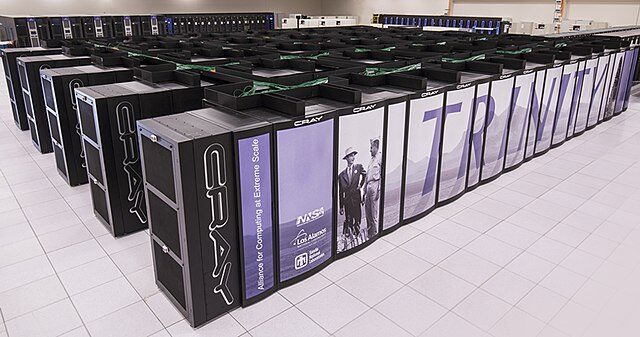
- Location: Los Alamos National Laboratory, United States
- Operational Year: 2017
- Developed By: Los Alamos National Laboratory, Sandia National Laboratories, National Nuclear Security Administration
Specifications:
- Trinity is a joint effort between Los Alamos National Laboratory, Sandia National Laboratories, and the National Nuclear Security Administration.
- It has a peak performance of over 41 petaflops (4.1 x 10^16 floating-point operations per second).
- Trinity is primarily used for nuclear weapons simulation and stockpile stewardship.
Also Read ➤ ➤
10 Best Radio Automation Software |EXCEPTIONAL TOOLS!
HPC5 (Italy)

- Location: Eni S.p.A., Italy
- Operational Year: 2020
- Developed By: Hewlett Packard Enterprise
Specifications:
- HPC5 is located at Eni S.p.A., an Italian multinational oil and gas company.
- It has a peak performance of over 35 petaflops (3.5 x 10^16 floating-point operations per second).
- HPC5 is used for various computational tasks in the energy sector, including seismic imaging, reservoir simulation, and data analysis.
Leonardo (ExaScaler, Switzerland)

- Location: CSCS Swiss National Supercomputing Centre, Switzerland
- Operational Year: 2021
- Developed By: ExaScaler Inc.
Specifications:
- Leonardo is a GPU-accelerated supercomputer powered by NVIDIA A100 GPUs.
- It has a peak performance of over 10 petaflops (1 x 10^16 floating-point operations per second).
- Leonardo is used for scientific research and engineering simulations in fields such as materials science, climate modeling, and computational fluid dynamics.
LUMI (CSC – IT Center for Science, Finland)
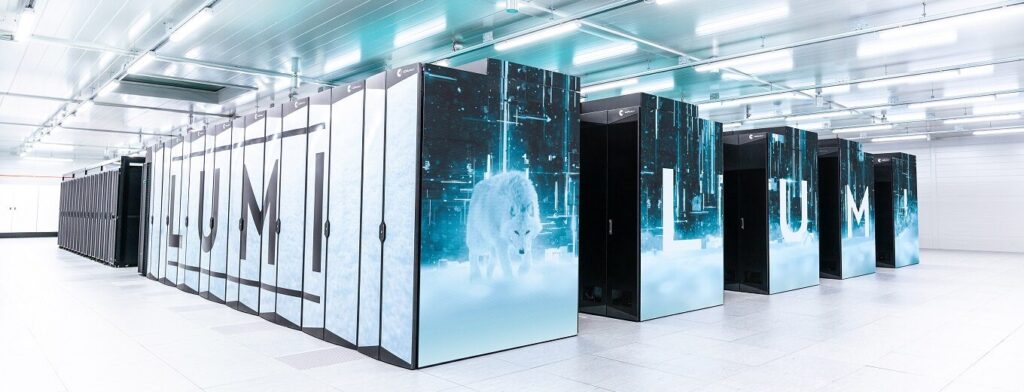
- Location: CSC – IT Center for Science, Finland
- Expected Operational Year: 2021
- Developed By: Hewlett Packard Enterprise, Atos, and other partners
Specifications:
- LUMI is a European petascale supercomputer located in Finland.
- It has a peak performance of over 550 petaflops (5.5 x 10^17 floating-point operations per second).
- LUMI is one of the world’s fastest supercomputers and is expected to be used for a wide range of scientific research and computational tasks.
Also Read ➤ ➤ Best 8 Mail Merge Software EVER! | Must Try NOW!
Summit (Oak Ridge National Laboratory, United States)
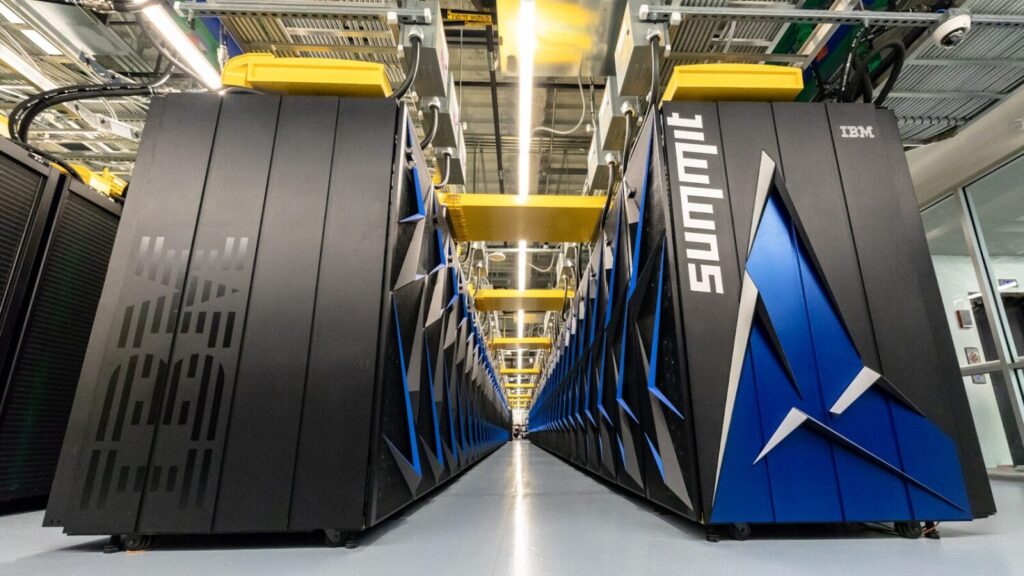
- Location: Oak Ridge National Laboratory, United States
- Operational Year: 2018
- Developed By: IBM, NVIDIA, and others
Specifications:
- Summit is a hybrid CPU-GPU supercomputer featuring IBM POWER9 CPUs and NVIDIA Volta GPUs.
- It has a peak performance of over 200 petaflops (2 x 10^17 floating-point operations per second).
- Summit is used for various scientific research projects, including climate modeling, bioinformatics, and materials science.
AIRAWAT (India)
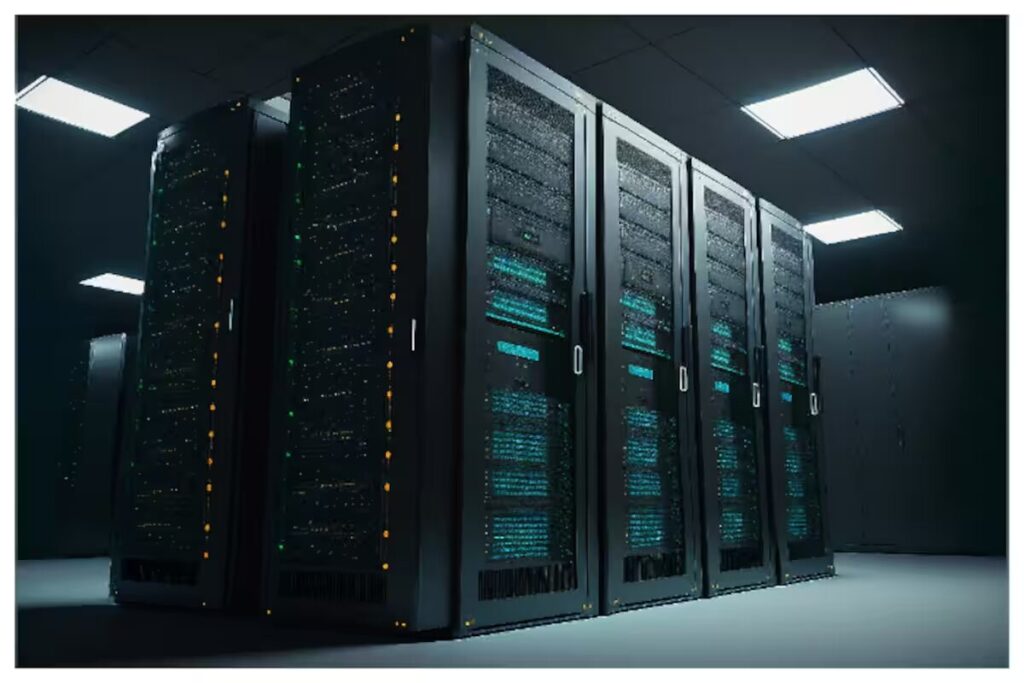
- Location: Indian Institute of Technology (BHU), India
- Operational Year: 2021
- Developed By: NVIDIA, Hewlett Packard Enterprise, and others
Specifications:
- AIRAWAT is India’s first petascale supercomputer located at the Indian Institute of Technology (BHU).
- It has a peak performance of over 1.5 petaflops (1.5 x 10^15 floating-point operations per second).
- AIRAWAT is used for scientific research and engineering simulations in areas such as computational fluid dynamics, molecular dynamics, and climate modeling.
Also Read ➤ ➤ UNCOVERING THE Crypto Friendly Web Browsers You Must Know! | DIVE NOW!
Conclusion
In conclusion, the realm of supercomputing is a testament to human ingenuity and technological advancement, showcasing the extraordinary capabilities of modern computing systems. From the towering achievements of machines like Fugaku and Frontier to the diverse applications of Selene and Perlmutter, these supercomputers stand at the forefront of innovation, driving progress across various fields of science, engineering, and industry.
As we marvel at the staggering processing power and sophisticated architectures of these supercomputers, it’s essential to recognize the collective effort and expertise behind their development. Teams of scientists, engineers, and researchers around the world collaborate tirelessly to push the boundaries of computational science, paving the way for groundbreaking discoveries and solutions to some of humanity’s most pressing challenges.
While the cost and complexity of building and maintaining supercomputers remain formidable obstacles, the benefits they offer in terms of scientific insight, technological innovation, and societal impact are immeasurable. As we look to the future, the continued advancement of supercomputing technology promises to unlock new frontiers of knowledge, fueling progress and shaping the world in ways we have yet to imagine.










